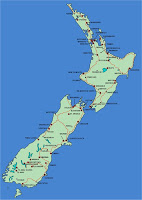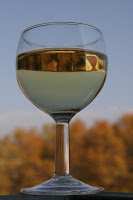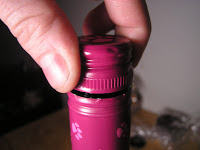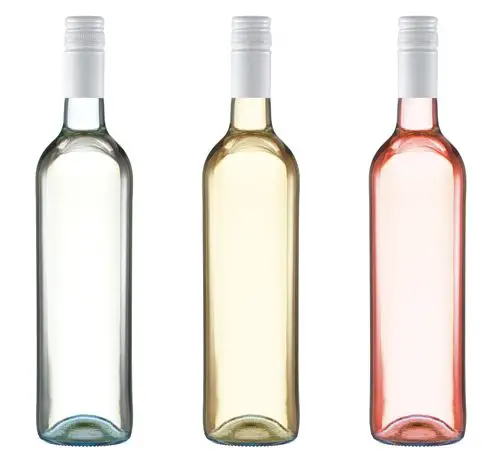 A New Zealand Winery’s 4000 case shipment of wine was rejected by a German company as it said that the level of copper in the wine was well over the European recommended limit.
A New Zealand Winery’s 4000 case shipment of wine was rejected by a German company as it said that the level of copper in the wine was well over the European recommended limit.
The company rejected a pinot noir made by Te Kairanga after saying there were 3.6 parts of copper per million (ppm) in a wine bottled specifically for the German consumer, well over the European Union standard of 1 ppm.
Copper is not routinely checked for export or for domestic use and the incident has raised some questions about New Zealand’s use of screw caps on wine bottles.
It is possible other exported wines do not comply with residue levels, as copper is not routinely checked for export certification in New Zealand. Nor is copper checked in wine for sale in the NZ market.
New Zealand Wine chief executive Philip Gregan said the incident should not damage the country’s international reputation, saying Germany was known as a “stickler for technical points”. I wouldn’t call contravening the standard allowed a “technical point”. Would you drink it?
 “They are just very pedantic about rules and regulations,” Gregan told the New Zealand Herald.
“They are just very pedantic about rules and regulations,” Gregan told the New Zealand Herald.
”If there’s an issue that comes out of a customer in Germany, it never surprises me.”
Te Kairanga acting chief executive Ian Frame was also unconcerned.
“The product is not branded Te Kairanga, and in all the other countries we deal with this is not a problem.”No wonder he’s not worried if the wine in question wasn’t branded Te Kairanga.
Copper is required in small quantities in humans but an overdose can cause serious problems such as liver damage and kidney failure.
Less severe overdose symptoms include vomiting and problems with co-ordination or movement. In the wine industry,

copper is often added to wine as it eliminates smelly characters associated with organic sulphur compounds that can form during fermentation and bottle ageing.
There are several sources attributed to the presence of copper in wine: vineyard sprays, winery equipment, the addition of copper sulphate in wine production and the use of copper based fungicides to control mildew.
Traditionally copper sulphate is added to bulk wine at very low levels and is filtered out before bottling. Some industry sources say its use became more common as screw caps increasingly replaced corks. Why? There is an issue with screw
capped wines in that they can develop rotten egg like sulphur odours (known as reduction).
 This is usually resolved by adding copper sulphate to the wine. This creates a further problem as the copper sulphate removes the nuances and complexity we look for in our wines.
This is usually resolved by adding copper sulphate to the wine. This creates a further problem as the copper sulphate removes the nuances and complexity we look for in our wines.
It’s interesting that most wines under £10 in New Zealand and Australia are now screw capped rather than sealed with a cork. In the UK Tescos has said that more than half of the wine it sells is now screw capped.
 Is it this addition of the copper sulphate to combat the reduction that has caused the higher levels in the wine that was rejected by Germany?
Is it this addition of the copper sulphate to combat the reduction that has caused the higher levels in the wine that was rejected by Germany?
I have long been in favour of knowing exactly what goes into the wine that we drink and am definitely biased towards the traditional cork as a seal rather than the screw cap. See my blogs: The Problem with Screw Caps,Are Screw Caps Safe? and To Cork or Not to Cork?
What do you think?
Images Courtesy of www.flickr.com

